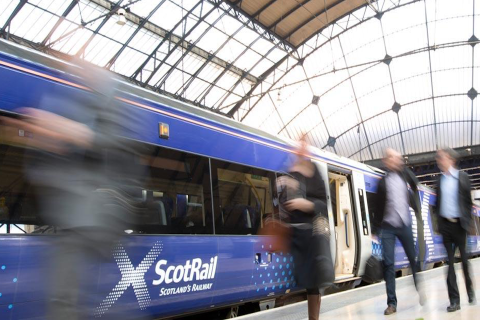Increasing capacity on rail: why not couple moving trains?

What if you could run more trains on a railway by coupling different trains while they are running? That is the aim of Israeli startup DirecTrainSystems (DTS), building on know-how of refuelling airplanes mid-air. This also sounds difficult, but has been in practice for many decades. The company will give a workshop on RailTech Europe on 21 June about the concept of coupling trains.
Want to read more?
You have read all of your free premium articles for this month. Please become a subscriber to keep reading.
Subscribe now!
Take advantage of our exclusive offer to get full access to all premium content.





Added, high, capacity, utilisation of investments made, yes – and single (technicalities), however, not shall hinder another.
Basics now remains, to attend “bottlenecks”, those obvious, “elephant in room”!
It is 2022 now and robustness, readiness for meeting with anticipated, most rapidly added competition, from other available devices, etc.,., has to be ensured.
(At infrastructure, investments, reinvestments, etc., strategy now has to include ensured “height”, for added load capacity, etc.”!)